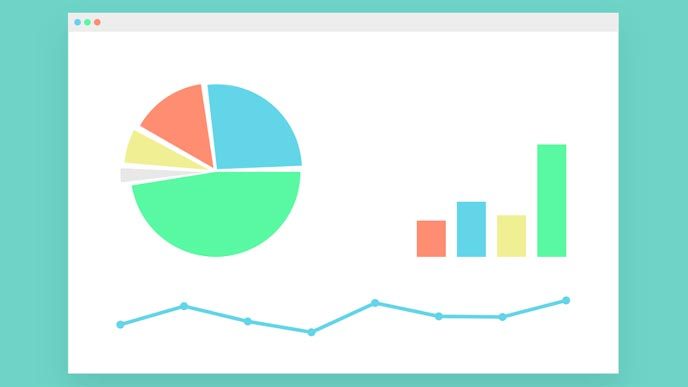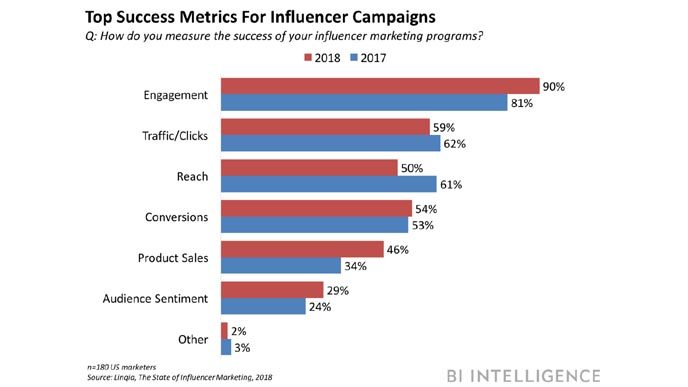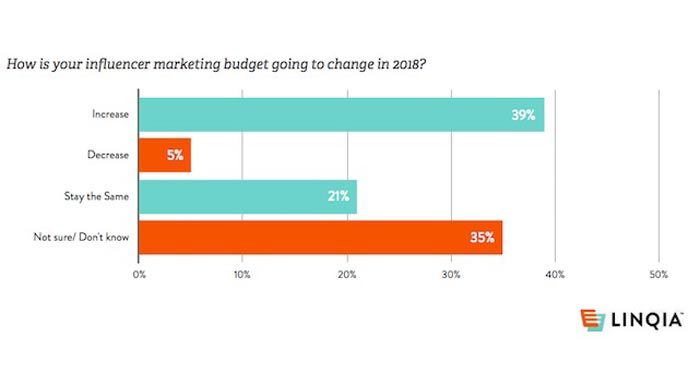How do you measure success? This is not meant to be some sort of existential inquiry into the deeper meaning and significance of happiness. I already do a lot of that on my own blog, as well as in this space from time to time. In this case, I’m talking from a purely practical standpoint.
As much as we talk about lifestyle and freedom and fulfillment, the thing that fits into the bottom line of success is, well, the bottom line. It’s about dollars and cents. This is true from the perspective of the blogger and content creator, just as much as it is true for brands and mega corporations. It’s about how much money is being made. And there are so many factors that go into how much money you can make in the short term and in the long term.
Understanding Influencer Marketing
Traditional advertising and marketing strategies just aren’t as effective these days, particularly when you’re trying to reach a more tech-savvy audience with ad blockers and cord cutters. The 30-second ad on network television costs a whole lot of money, both in production and distribution, and it’s out of reach for most smaller companies. And the ROI is even questionable at the higher end.

That’s one of the many reasons why influencer marketing has become so important these past few years. Brands are looking for ways to reach audiences in more meaningful ways and in places they are already are… like on Instagram.
And as with any other form of marketing, there are a lot of numbers and figures that are of interest, like how much you should charge if you want to participate. How much is a blog post worth? What about an Instagram video? A YouTube video? Well, it depends on how much value you are providing the brand.
But how do you determine that?
Going Beyond the Reach
You might recall when I wrote about a similar topic, saying how important it is to go beyond raw reach when it comes to influencer marketing. I said it’s about getting the right fit and reaching the right audience. And brands agree.

According to a report compiled by Business Insider on the subject of influencer marketing, the most important success metric for an influencer campaign is engagement. Some 90 percent of brands indicated that engagement is how they would go about measuring the success of an influencer marketing campaign.
Engagement, in this context, would include likes, comments, shares, tags and so on. Not only do you want eyeballs on this influencer content, but you want those eyeballs to translate into people actually engaging with the content. That extra step shows that they really did consume the post or picture or video in a meaningful way. That makes the brand (and product) much more memorable.
The Business Insider report shows that engagement is far more important to brands for influencer marketing campaigns that traffic/clicks (59 percent), reach (50 percent), and even conversions (54 percent) and product sales (46 percent). Brands are recognizing that it’s not just about making an initial sale right now, but rather about building long-term brand awareness and loyalty.
More Money on the Table
In many ways, influencer marketing is still very much a new thing and we are still in the Wild West period of its development. Both brands and influencers are still experimenting to see what works best, but it’s obvious enough that this is a great area for growth and opportunity.

Linqia put out its report on the state of influencer marketing in 2018 (you can check the highlights on MarketingProfs if you’re interested). This report is based on a survey with nearly 200 marketers that run influencer campaigns for different brands in the B2C (business-to-consumer) space.
What they found was that among the brands that had decided how much they planned on spending on influencer marketing, more than half were going to increase their budgets for these campaigns. That’s 39 percent of all respondents, but when you factor out the 35 percent who were “not sure” or responded with “don’t know,” you’re left with 60 percent of the remainder. Only 5 percent of all respondents planned on decreasing their influencer marketing budget.
This means there is more and more money on the table for these campaigns, and they’re likely available for influencers big and small, especially as brands start to recognize the value of engagement among so-called micro influencers. Reach and clicks are important considerations, to be sure, but engagement reigns supreme.
What they found was that among the brands that had decided on how much
